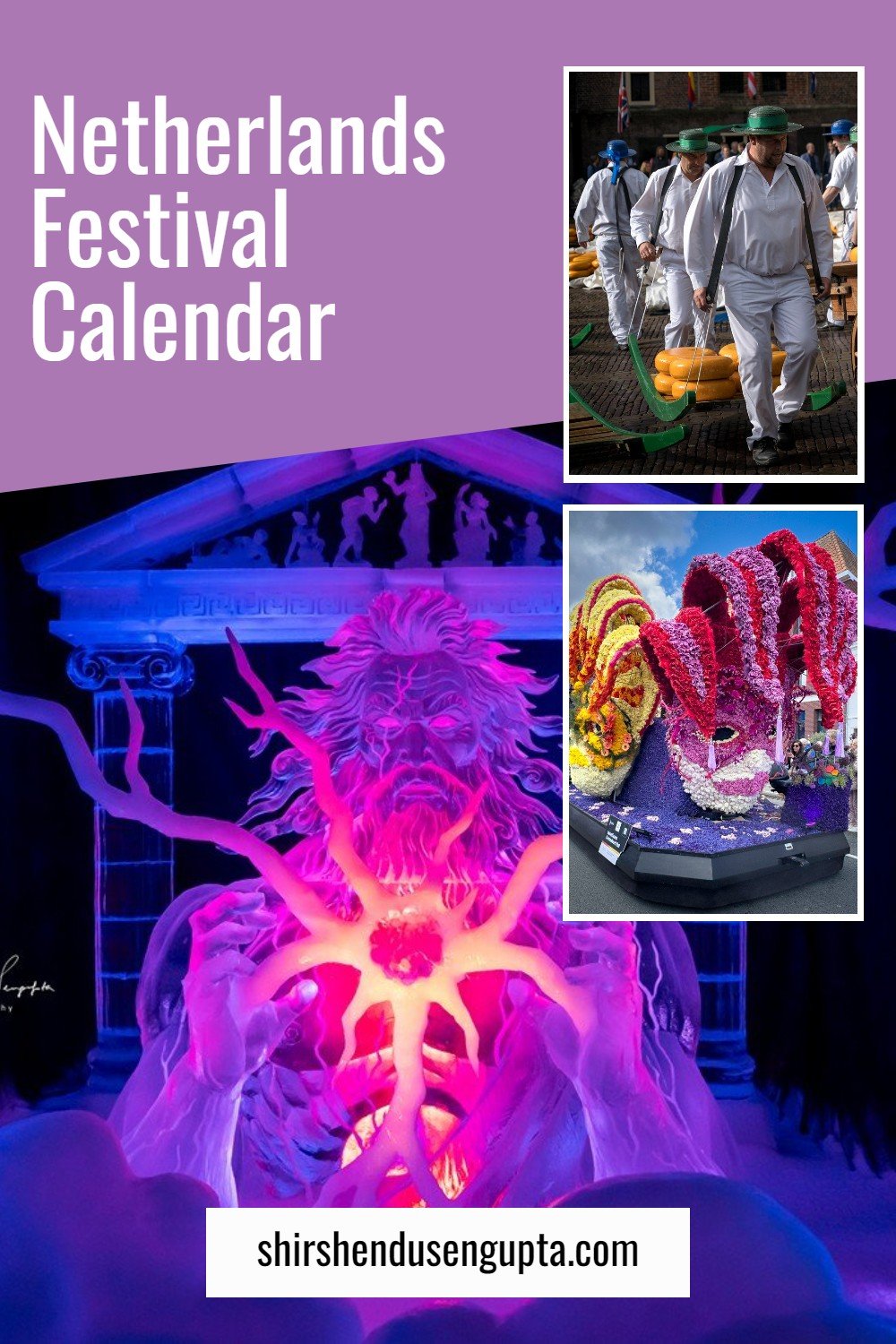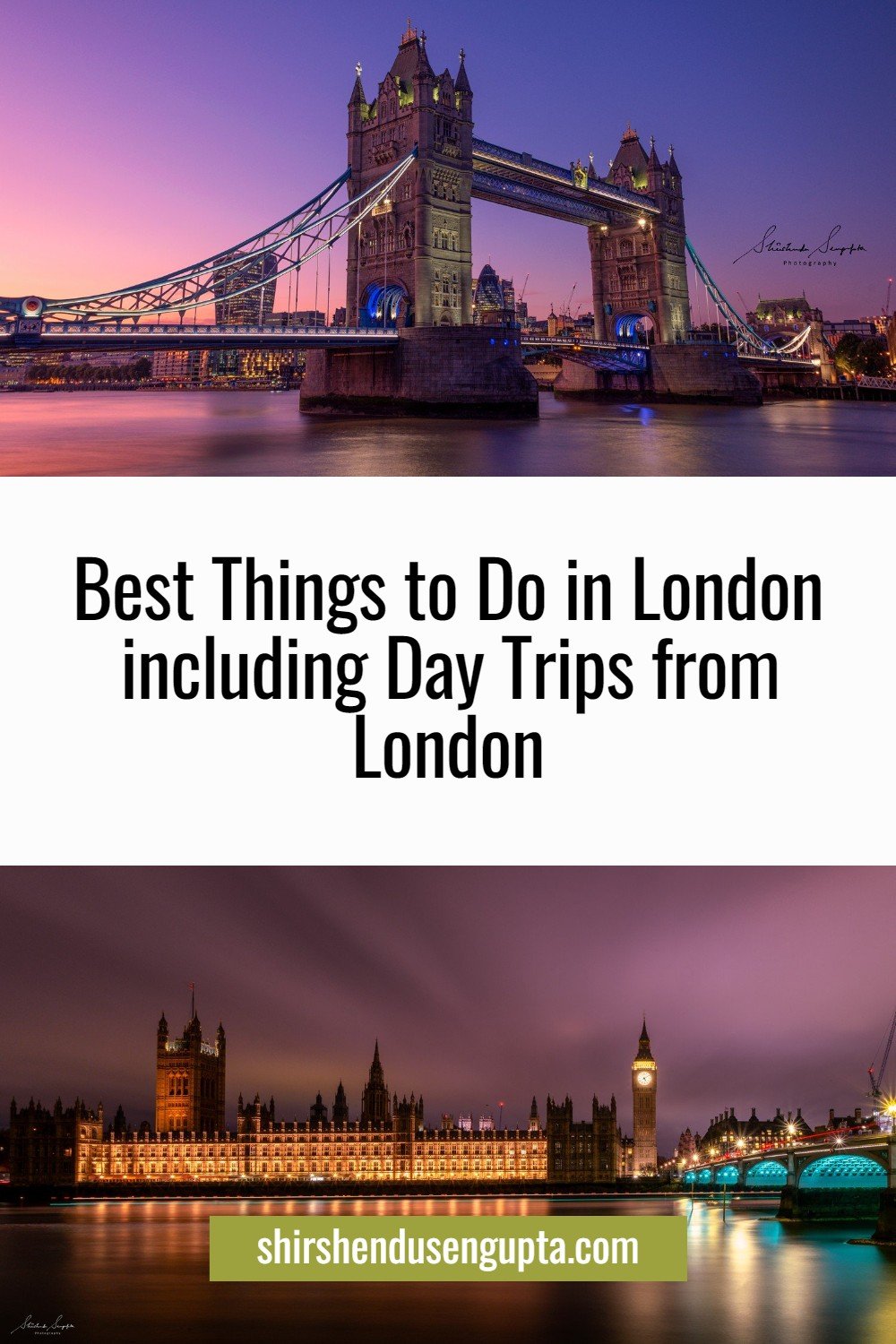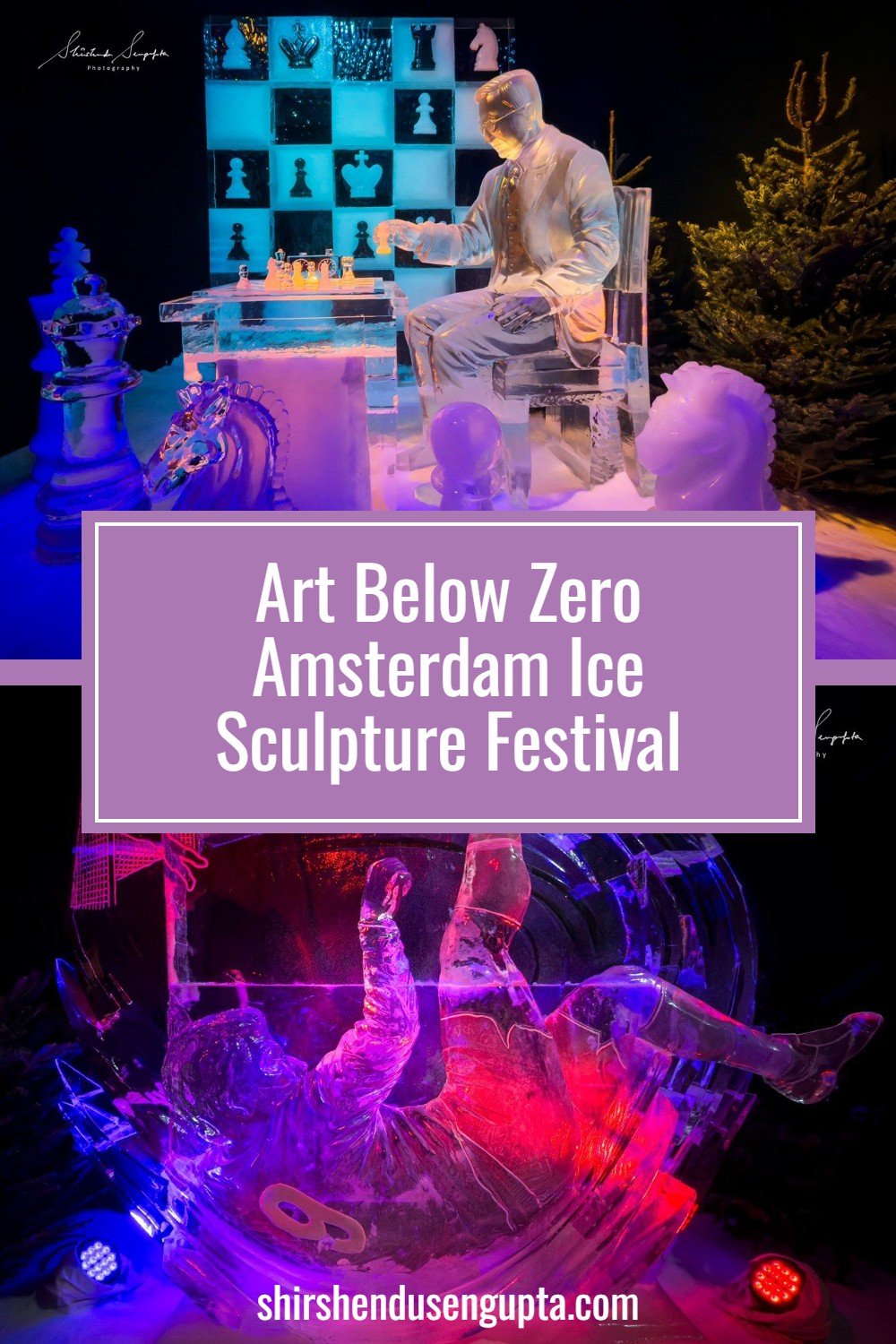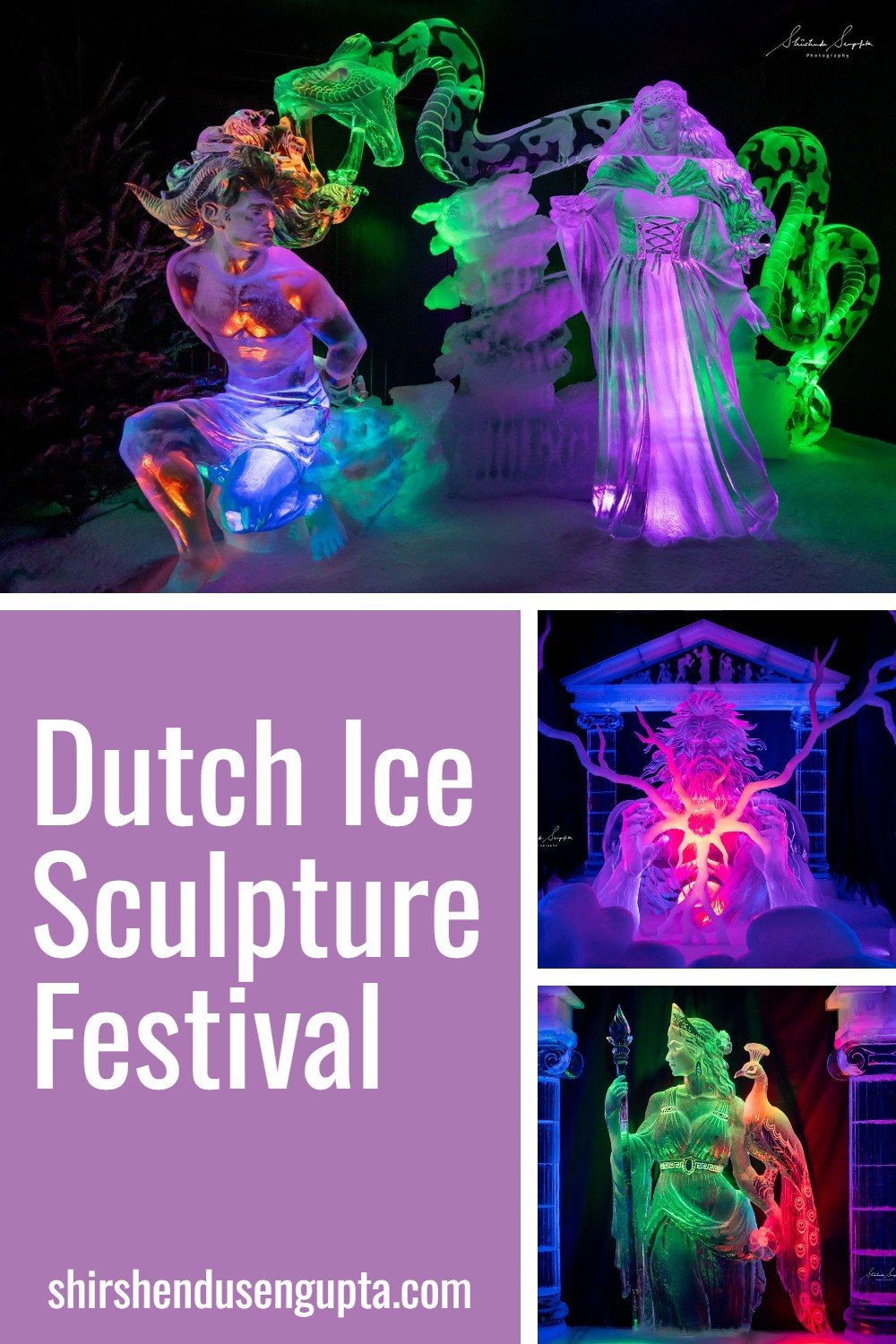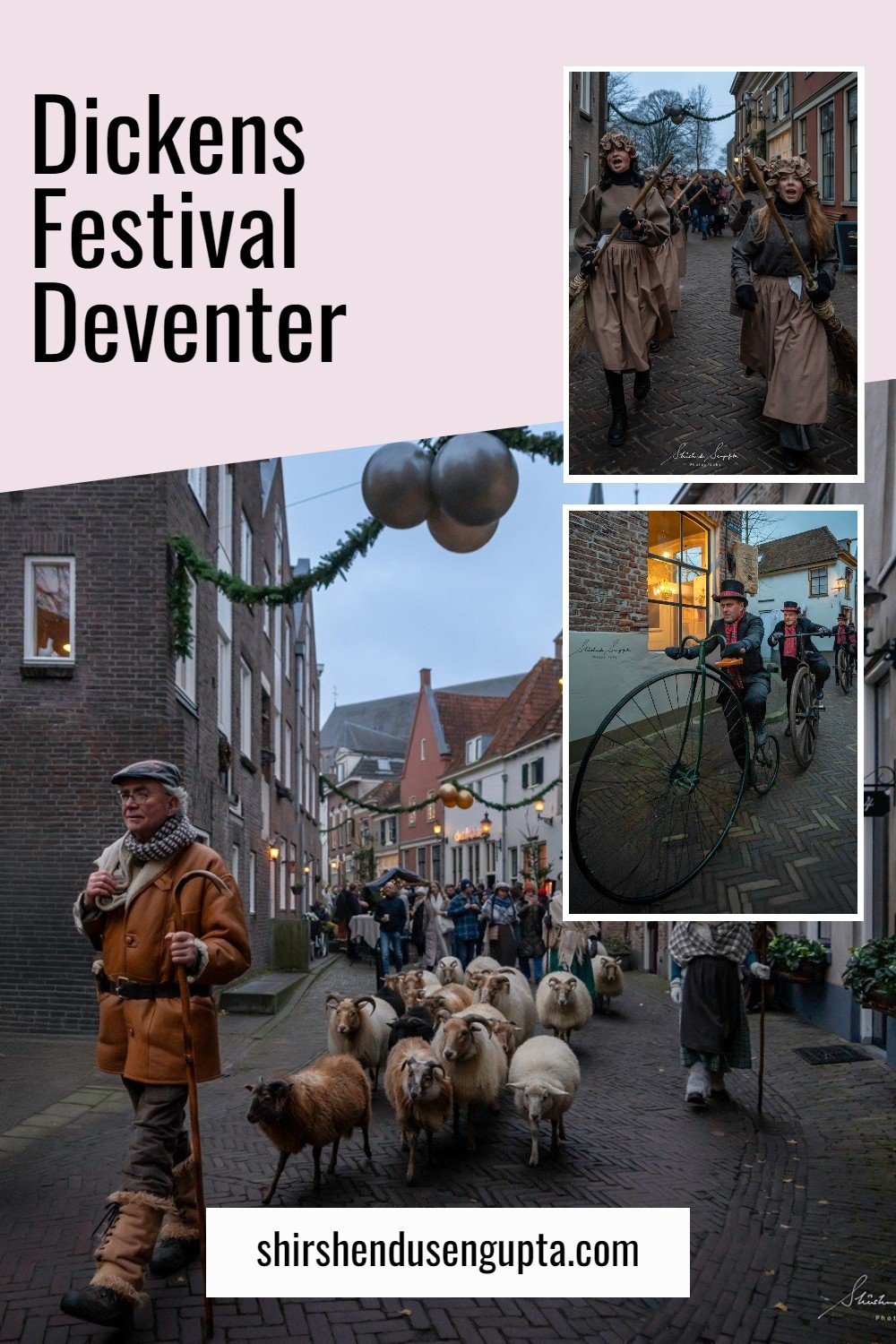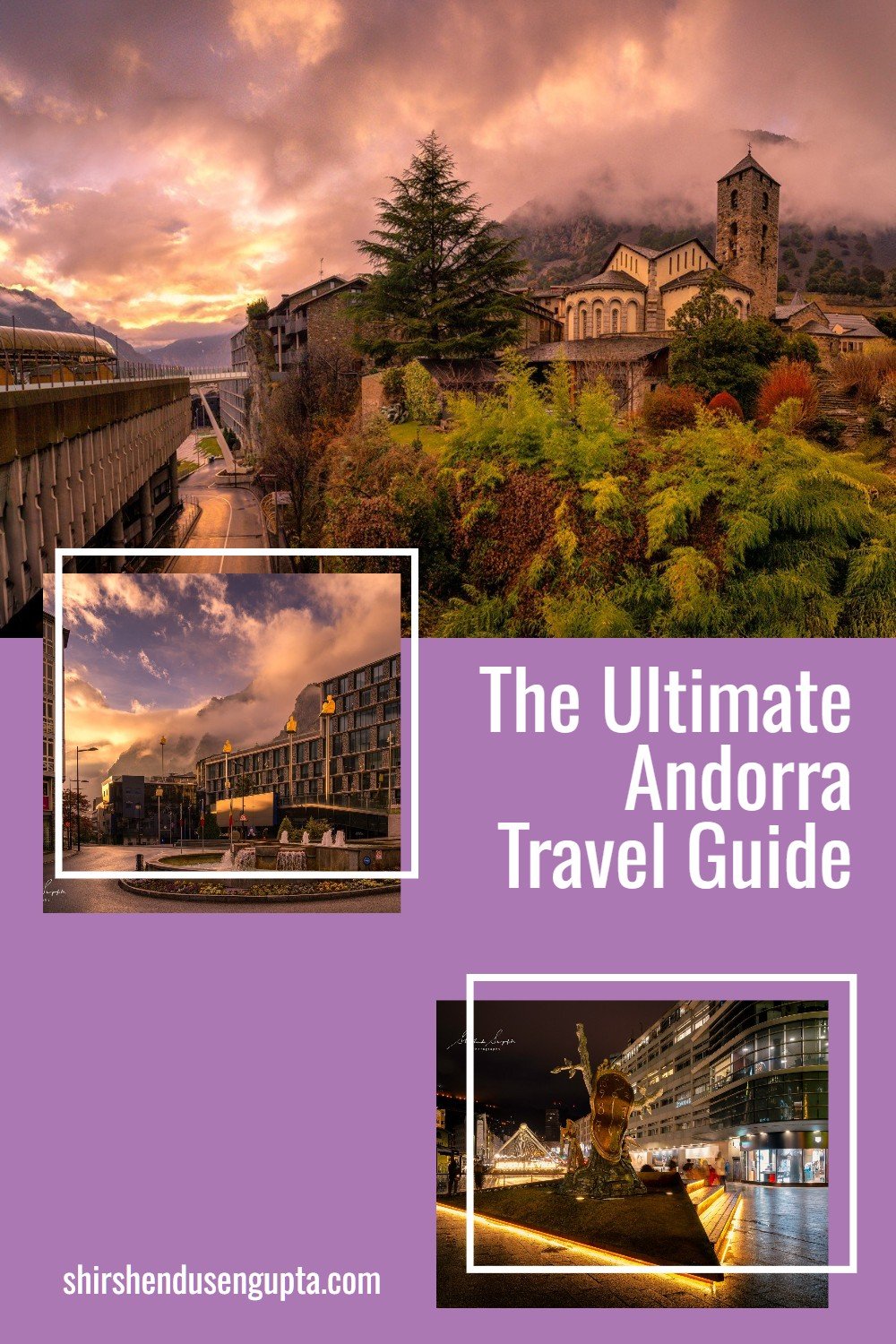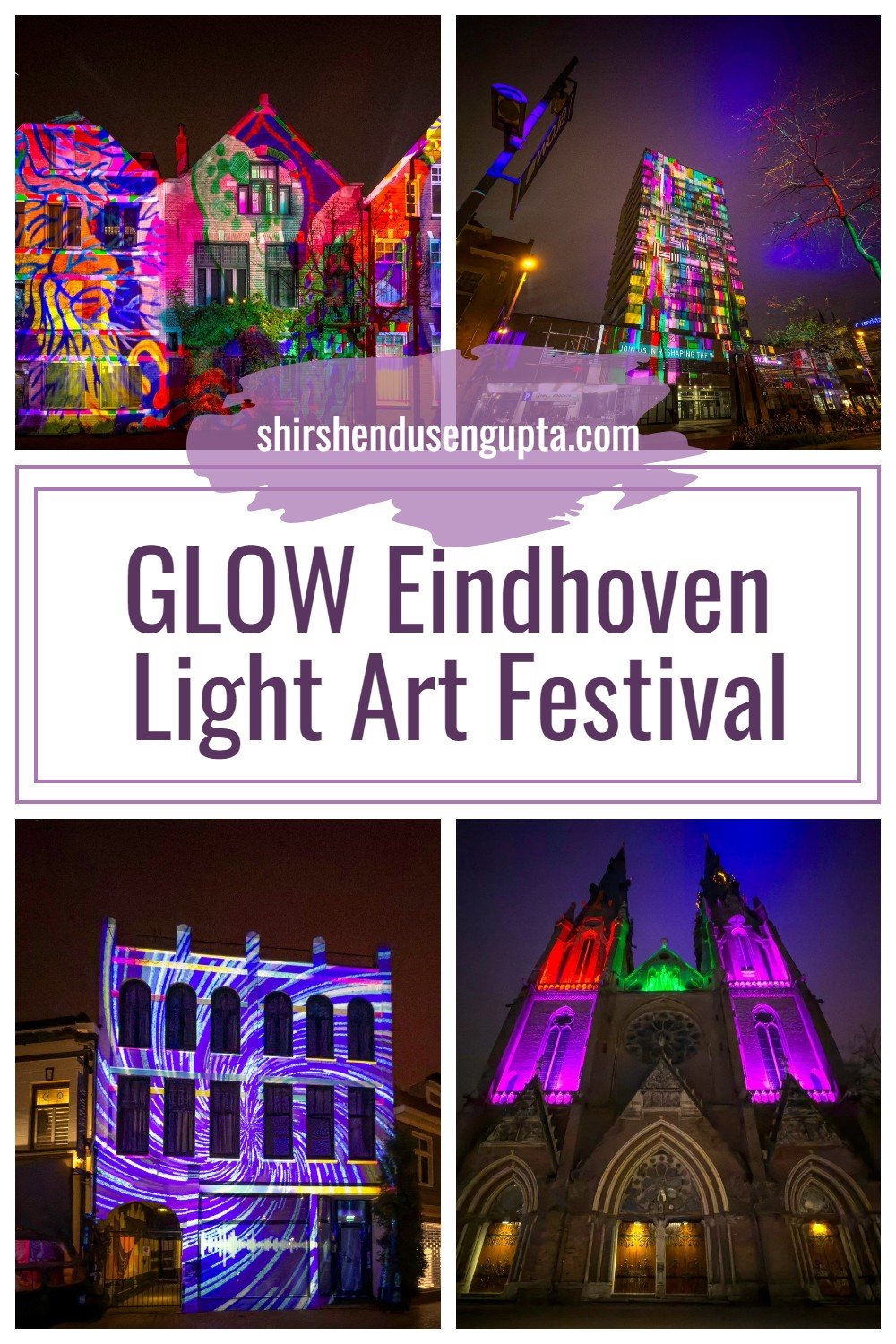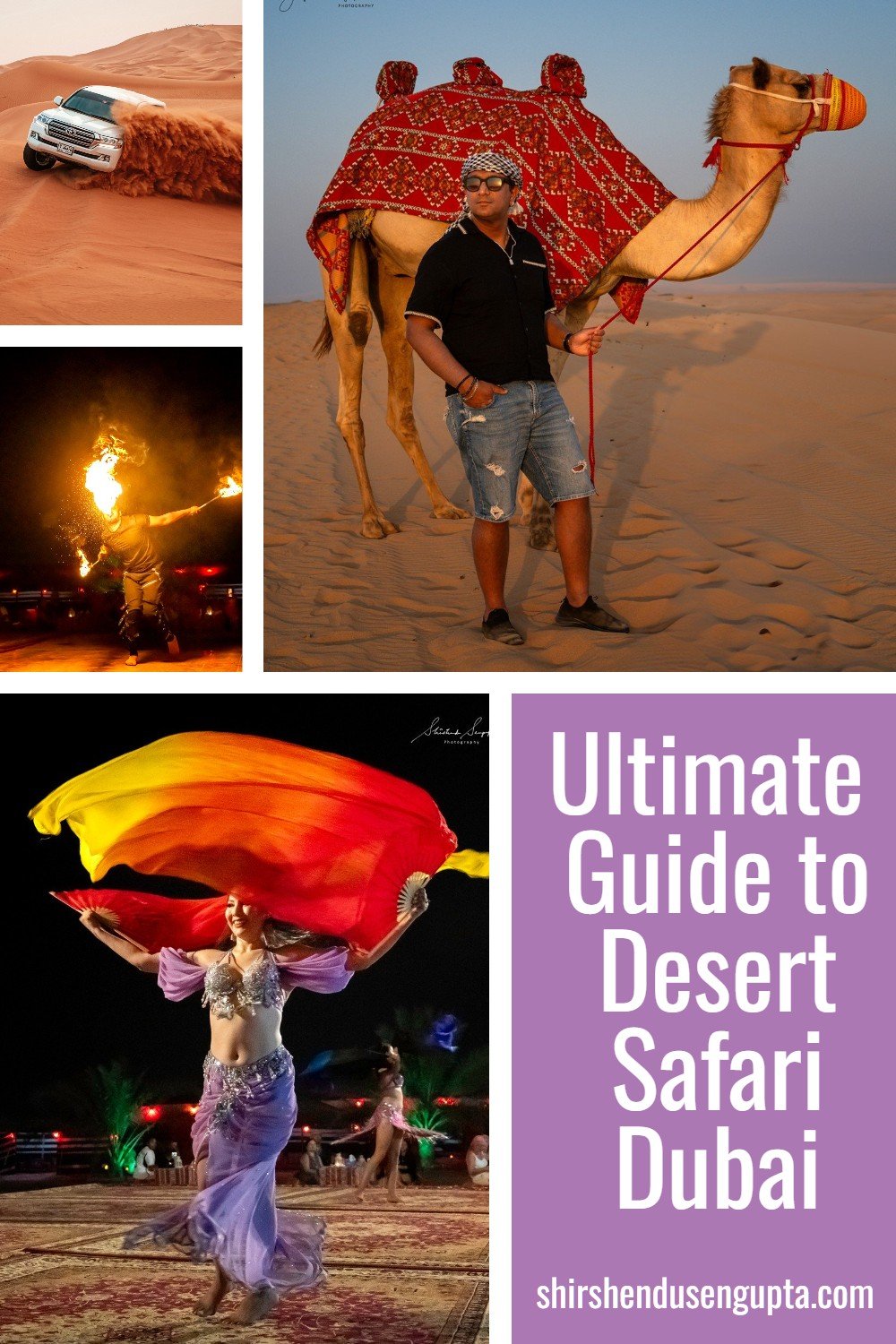Family Weekend Getaway Holiday in the Moselle (Mosel) Valley, Germany | Travel Itinerary, Tips and Tricks, Road Trip, and Hiking Route Map
Holiday on the Moselle
The Moselle Valley is an area in north-eastern France, south-western Germany, and eastern Luxembourg that is centered on Moselle's river valley. The Moselle flows through all three nations, following their boundaries, and drains a fourth, Belgium. The Moselle winds its way between Trier and Koblenz like a blue ribbon across one of Germany's most picturesque river valleys. Since it was initially nurtured by the Romans, the Moselle has flowed through a territory that has been altered by man for almost 2,000 years. The terraced vines appear to rise almost to the sky in some areas. Rieslings of the highest quality are grown here. The river's banks are lined with a plethora of castles that rise over beautiful wine villages.
The Moselle Valley region offers families the opportunity to vacation by the Moselle, spend time together, have fun, be active, and learn new things right from a child-friendly guided tour of the Cochem Castle, the Reichsburg, to a ride on the chair lift up to the Pinnerkreuz, the fantastic viewpoint above the small town of Cochem, from where it's not far to hike to the Klotten Game and Leisure Park, which, among other things, has a large enclosure with wild animals, to a must-do boat ride from Cochem to Beilstein, that will leave you awestruck! So, based on our personal experience, today I’m going to share with you tips and tricks to make the most of this amazing piece of creation named the ‘Moselle Valley’ over a weekend with your family. Let the journey begin!
The Itinerary
Day 1: Hoofddorp (the Netherlands) to Cochem (Germany)
On a Thursday evening after work, we started from our home in Hoofddorp (the Netherlands) for a 380 km drive to Cochem (Germany), the crown jewel of the Moselle Valley, which we made our base for exploring the region. We made it in roughly 5 hours (with breaks). Upon reaching Cochem, we checked in to our accommodation and slept off.
Day 2: Exploring Cochem
Cochem
Cochem, one of Germany's most charming towns, is the crown jewel of the Moselle Valley. Every street is woven with legend, tradition, and a complex web of history. Quaint cottages, half-timber houses, and winding streets can be found throughout the town, which have remained unchanged for millennia. Overlooking the town stands the monumental castle of Cochem (Schloss Reichsburg).
Walk or cycle by the Moselle River
We spent the morning of our first day by taking a leisurely stroll along the idyllically meandering banks of the Moselle River. If you want, you may also rent a bike and cycle along the river or the surrounding hillside vineyards.
Skagerrak-Brücke
On the way, we took a moment to pause and absorb the beauty of the romantic landscape of the town of Cochem with the overlooking Cochem Castle (Schloss Reichsburg) from the Skagerrak-Brücke or the Skagerrak-Bridge. It is a 330m long bridge across the Moselle River connecting the Cond district with the city center of Cochem built between 1925 and 1927. It is the spot from where you can take the famous postcard shot of Cochem.
Lunch at the riverfront
The Moselle riverfront is lined with numerous restaurants serving delectable delicacies and a jaw-dropping view. I highly recommend choosing a restaurant at the riverfront rather than the town center just for the view alone.
The Marktplatz and Martinsbrunnen
After lunch, we walked towards the town center known as the Marktplatz. We took some time to explore the beautiful town center adorned with half-timber, black and tan guild houses and winding cobblestone alleys. In the center of Marktplatz stands a fountain of the patron saint of the workers of the vineyard, St. Martin. The fountain is topped by a bronze equestrian statue of St. Martin using his sword to cut his cloak in half to share it with a beggar. For those who are unaware of the story of St. Martin, the legend goes like this - Once upon a time Saint Martin of Tours (modern-day France), a Gaulish bishop, came across a barely clad beggar as he approached the city gates of Amiens while serving in the Roman army. At once, Saint Martin cut his military cloak in half (as the other half belonged to the Roman empire) and shared it with him. That night, he had a dream of Jesus wearing the half-cloak he had given away, telling the angels, “Martin, who is still a catechumen, dressed me in this robe.” From that day onwards he came to be known as the ‘Patron Saint of the Poor.’
Hike to the Cochem Castle (Schloss Reichsburg)
After exploring Marktplatz, we decided to hike to Cochem Castle. The Cochem Castle is not reachable by car. If you are on a day trip to Cochem by car, you must leave the car at the town center in parking garages like the ones in Endertstraße or Pinnerstraße. After that, you have to climb up to the castle on foot or by shuttle bus, which runs from April to November. However, I would recommend the half-hour hike (fairly steep) up to the castle along the well-marked Schlossstrasse, if you have the fitness to do so since the trail offers rewarding views.
However, if you are unable to do the hike and want to take the shuttle, please visit their website reichsburg-cochem.de/shuttle-bus for more information on boarding location, timings, and ticket prices.
Cochem Castle (Schloss Reichsburg)
We hiked all the way to the Cochem Castle passing through the Martinstor (Martin's Gate), vineyards, ancient walls, and Peterskapelle (a little chapel). After reaching Cochem Castle we purchased tickets at the ticket counter for the guided tour. The point to note here is that the castle itself is not open every day and all months of the year and the guided tours run for limited hours. For more information on the castle opening hours, guided tours, and the ticket prices, please visit their website reichsburg-cochem.de
The original Imperial Castle (Reichsburg) of Cochem was founded in the 1100s perched on a hill overlooking the Moselle River to collect tolls from passing ships. In 1151, it became an official Imperial Castle (Reichsburg) subject to imperial authority after King Conrad III took control. Since then, it has changed hands numerous times over the centuries.
The Reichsburg Cochem was seized by the Habsburg King Rudolf in 1282, followed by King Adolf of Nassau pawning the castle, the town of Cochem, and the surrounding region to fund his coronation in 1294. Albrecht I, Adolf's successor, was unable to redeem the pledge and was forced to grant the castle to the archbishop of nearby Trier and the Electorate of Trier. The income from Cochem Castle and the rights to shipping tolls on the Moselle helped the Electorate of Trier and its aristocracy become wealthy and powerful. During the Nine Years' War (or Pfälzischer Erbfolgekrieg) in 1688, the fortress was demolished by French King Louis XIV's army. It took over 200 years for rich Berliner Louis Fréderic Jacques Ravené, who bought the damaged property for the pittance of 300 gold marks, to rebuild it. He created an exquisite fairy tale holiday mansion for his family instead of reproducing its neo-Gothic style (in the same year that Bavarian King Ludwig II began construction on Neuschwanstein Castle). In 1815, France and Prussia fought over the Palatinate region, including Cochem, until 1815, when it permanently became part of Prussia. In 1946, Cochem was part of the newly founded state of Rhineland-Palatinate. In 1978, the castle also moved from private ownership to the property of the town of Cochem.
The castle now is a mash-up of its several owners and their unique styles. According to the tour guide, this makes it a less authentic German castle. However, I opine that though it isn't precisely as it was when it was built, it has endured the test of time, making it a wonderful modern castle that is still a joy to see.
Dinner by the Riverfront
After spending the evening at the Cochem Castle and the surrounding vineyards, we walked down the Schlossstrasse, which was obviously much easier than climbing, and dined by the riverfront, while watching the sun go down the Moselle. After that we returned to our hotel and slept off.
Day 3: Exploring Pinnerkreuz and Klotten Game and Leisure Park
Chair Lift to Pinnerkreuz
The next morning we decided to travel to Pinnerkreuz, the highest point in the Cochem Moselle Valley area, and then hike to Klotten Game and Leisure Park to spend the rest of the day there. To reach Pinnerkreuz, we started early in the morning and walked to the Cochemer Sesselbahn Talstation (Address: Endertstraße 44, 56812 Cochem, Germany), and took the chairlift to the top. If you are arriving by car, there is a free parking lot at the bottom of the chairlift station.
The chairlift took us 255 meters above sea level to the mountain station where we were rewarded with a panoramic view of the Moselle Valley and the Cochem Castle (Schloss Reichsburg). You can also hike further up to the Pinner Cross (a popular viewpoint with a giant cross). After taking some pictures, we had lunch in a small terrace restaurant there.
For more information on the opening hours and the ticket prices, please visit their website cochemer-sesselbahn.de
Hike to Klotten Game and Leisure Park
After lunch, we took the well-designated hiking trail from Pinnerkreuz to the Klotten Game and Leisure Park. The hike took us around one hour amidst serene and lush green surroundings. Please note that if you do not want to hike you can also drive from Cochem (without taking the chair lift) to Klotten Game and Leisure Park. However, I would recommend the hike since it is not very difficult and easily doable with children. But please bear in mind that strollers are not allowed in the chairlift.
The Klotten Wild- & Freizeitpark, often known as Klotti Park, is a family-friendly park near Klotten/Cochem on the picturesque Moselle. It is a family-friendly location and one of the region's top attractions in the Eifel, Moselle, and Hunsrück. Klotten is a leisure park with attractions for all ages, including Germany's tallest, steepest, and fastest log flume, with a fair-sized zoo housing a wide range of bird and animal species.
For us, the most interesting thing was that you are also allowed to feed the animals by buying designated animal food from the kiosks located near each animal enclosure. The funny part was feeding the Grizzly Bears who were literally ‘begging’ the tourists to throw food at them by clasping his hands in a praying posture! Once we threw the food at them they would be catching them with their mouth. This combined package of an amusement park with unlimited rides and great interaction with nature comes at a price of €18,5 per person (€17 for children).
For information on opening hours and ticket prices please visit their website klotti.de
After spending the whole afternoon at the Klotten Game and Leisure Park, we hiked back to the Pinnerkreuze in about 40 minutes (hiking back downwards to Pinnerkreuze takes much lesser time compared to hiking upwards to the Klotten Park), took the chair lift back to the Cochemer Sesselbahn Talstation, and walked back to our hotel.
Note: While arriving in the morning at the Cochemer Sesselbahn Talstation, it is important to check until what time the chair lifts run. If you miss it, then you may have to hike down the hill yourself which is doable albeit stressful, especially during low evening light.
Day 4: Sailing to Beilstein and Wine Tasting
Beilstein
Beilstein is a small charming village nestled on the right bank of the Moselle, dubbed as the "Dornröschen der Mosel" or "Sleeping Beauty of the Moselle" because of its well-preserved ancient townscape. Due to extreme poverty, there were few structural alterations in the city until the twentieth century, which is one of the reasons why the medieval cityscape is so beautifully maintained today. Beilstein is accessible from Cochem by both car and boat. But I strongly advise you to do the boat excursion because the sight is breathtaking. We spent the whole day exploring Beilstein, and took the ferry back to Cochem in the evening.
Traveling by boat: Tickets for the cruise can be purchased at ticket kiosks along the Moselpromenade and include a roundtrip excursion to Beilstein.
Traveling by car: If you choose to travel to Beilstein by car, there are plenty of parking places along the Moselle River, near to town, that you won't be able to miss. It takes less than 15 minutes to drive from Cochem to Beilstein.
Beilstein’s Old Town
Beilstein's old town is quite small and easy to navigate on foot. A stroll through the town's cobblestoned and twisting alleyways with half-timbered houses, restaurants, and cafés that have been lovingly renovated and ornamented, reveals why it has served as the setting for countless feature films. Beilstein has a population of only 140 people, but many tourists visit every day, bringing life to the streets.
Karmeliterkirche St. Josef
The iconic monastery stairway from Fürst-Metternich Strasse leads to the baroque 17th-century Carmelite monastery church of St. Joseph, which has a magnificent interior and a vaulted ceiling supported by soaring apricot-colored columns. It is a major highlight of the area and has been used as a film backdrop for several feature films.
Wine Tasting
Once you reach Beilstein, there are several wineries where you could taste the local produce.
Day 5: Exploring Koblenz (Germany) and driving back to Hoofddorp (the Netherlands)
Koblenz
The next morning we checked out of our hotel in Cochem and drove 55 km northwards to Koblenz in around 40 minutes. In my opinion, a trip to Moselle Valley is incomplete without visiting the iconic city of Koblenz. Koblenz stretches across both banks of the Rhine River, where it meets the Moselle. Drusus founded Koblenz as a Roman military garrison in the year 8 B.C. It derives its name from the Latin word 'cōnfluentēs', which means "(at the) confluence" of two rivers. Koblenz is the only city situated on the confluence of the Rhine and the Moselle River.
Ehrenbreitstein Fortress
The fortification on the rocky cape high above the Rhine-Moselle confluence has a mysterious allure. As you take a cable car above the Moselle, you will be greeted by expansive gardens, an activity-oriented climbing playground for older children and young people, a medieval stronghold, a fascinating museum, astounding art exhibitions, and a breathtaking perspective from the Rhine Viewing Platform. The Rhine Viewing Platform offers a rare panorama of the Deutsches Eck headland, where the Rhine and Moselle meet. The actual confluence is now known as the "German Corner," which has an equestrian statue of Emperor William I as a symbol of Germany's unity. In the image below, you can actually distinguish the rivers at their junction – green is the Rhine & blue is Moselle.
Ehrenbreitstein Fortress’s origins can be traced back to ancient foundations dating back to 1000 BC. Ehrenbert built a castle here two thousand years later, in the year 1000 AD. Several hundred years later, in 1657, the castle would become famous as the keeper of the Holy Tunic, a robe said to have been worn by Jesus Christ before his execution on the cross, according to mythology. Until 1794, this relic was kept at Ehrenbreitstein.
For ages, the fortress's strategic location was well-known. Napoleon's army attacked the city of Koblenz in 1794. The French began a series of sieges on the castle four years later. They only succeeded after the fourth attempt, when the castle's people could no longer cope with the famine. The Fortress Ehrenbreitstein, with its strategic location between Koblenz and the Rhine River, was utilized as a military headquarters in World War I. It was nearly destroyed following the peace accord that ordered Germany to disarm. However, an American general recognized the castle's historical significance, and it was spared destruction. There was surprisingly little bloodshed during World War II, and Ehrenbreitstein was used to secure vital artifacts and paperwork peacefully.
Medieval Show in the Ehrenbreitstein Fortress
The Ehrenbreitstein Fortress houses a vibrant cultural center that offers both cultural and culinary delights. Around the year, there are different cultural activities and festivals hosted here. When we were there, there was a huge medieval carnival going on with people dressed up in medieval costumes, guards firing deafening cannonballs, and tourists spending money buying medieval weapons for their kids (including me).
St. Kastor Basilica
The Basilica of St. Castor is Koblenz's oldest surviving church. The monastery church, which was dedicated in 836, was the site of numerous significant historical events. Emperors and kings, as well as their descendants, gathered at the St. Castor monastery for meetings and mediation. The trial of Emperor Louis the Pious' sons took place at the Romanesque church in 842. The Treaty of Verdun the next year resulted in the division of the Frankish Empire. The current structure dates primarily from the middle of the 12th century. Pope John Paul II made the Castor Church a minor basilica on July 30, 1991.
After spending the whole day in Koblenz, we drove back 370 km in approximately 4 hours (with small breaks) to reach our home in Hoofddorp (the Netherlands).
Visiting Moselle Valley
Best Time to Visit: Late spring (May to June) and early autumn (September to October) are the ideal times to visit the Moselle Valley. These times of the year bring nice weather, picturesque landscapes with blooming flowers in the spring and vibrant vineyards in the fall, and fewer tourists. Although it can be more busy, summer (July to August) is still an excellent season to visit due to the sunny weather and plenty of wine festivals. We visited Moselle Valley at the end of May.
Number of Days to Stay: It is best to stay three to five days to fully explore the Moselle Valley. This gives you enough time to explore historic buildings and castles, take gorgeous boat rides, visit other towns, and partake in wine tastings.
Best Place to Stay: The best place to stay with family over a weekend in the Moselle Valley is Cochem like we did. A quaint village with lots of wine cellars, the majestic Reichsburg Castle, and lovely streets. The middle Moselle is well worth exploring from this base. Also, it is close to the Klotten Game and Leisure Park. Beilstein is another good option for an authentic Moselle Valley experience, but the lodging facilities are limited there. You can also stay in Bernkastel-Kues or Traben-Trarbach, known for their medieval and Art Nouveau architectures, respectively, and of course great wines. Trier, Germany’s oldest city with significant Roman history, offering a mix of ancient sites, museums, and vibrant urban life, also has plenty of options for staying. However, to me, it’s a bit too large and a bit too Roman, to get the authentic Moselle Valley feel.
Best Way to Arrive: Frankfurt-Hahn Airport, located roughly 20 kilometers from the Moselle Valley, is the closest major airport. Frankfurt Airport and Luxembourg Airport are alternate choices. Regular train services from major cities such as Frankfurt, Cologne, and Luxembourg also provide excellent connections to the Moselle Valley. The two main railway hubs in the area are Cochem and Trier. Traveling by car to the Moselle Valley gives you freedom and an opportunity to see the area at your own pace. Major highways make the area widely accessible from throughout Germany and its surrounding nations. As mentioned earlier, we drove to Moselle Valley from the Netherlands.
Best Local Mode of Conveyance: Taking a river cruise or taking a ferry down the Moselle River is a lovely and leisurely way to see different towns and explore the valley. Traveling between the towns along the Moselle River is made simple by the region's well-connected train network. The trains have lovely views and are cozy. Cycling is a popular activity in the Moselle Valley, where there are well-kept bike trails through vineyards and along the river. There are lots of places to hire bikes. However, hiring a car gives you the most freedom to tour the valley and its environs, particularly when it comes to stopping at more isolated locations and vineyards. Once within a town, a walking tour is the best approach to take in the historical monuments and local charm.
Tips for Driving in Germany: While driving in Germany, cars must display emissions stickers (Umweltplakette) that specify their emissions standards or certify how polluting they are when entering the country's major cities. These stickers are intended to improve air quality in so-called environmental zones, which limit entry to specific regions of city centers based on a vehicle's emissions criteria. So before traveling to Germany, make sure your vehicle has the sticker installed. They cost 6 euros for German cars, although the price varies widely for international vehicles depending on where and how they are purchased. You can order them online or buy them at TUV or Dekra (vehicle inspection shops) when you enter Germany. Technically if you are caught without stickers, fines can range between 50 and 200 Euros.
Epilogue
So that brings us to the end of our family weekend getaway in the Moselle (Mosel) Valley. If you are on a longer holiday than just a weekend you could also visit the towns of Trier, Traben-Trarbach, Bernkastel-Kues, and the castle Burg Eltz. Please let us know in the comments below if you enjoyed reading this article. And until we meet next time, I wish you merry traveling and happy shooting!
Pin the article
Bookmark the article for reading later!
Want to license/buy photos in the article?
License photos for commercial/editorial use or buy photo prints!
Want us to write an article for you?
Articles for magazines, newspapers, and websites!
Watch our Videos
Check out our videos on our Youtube Channel!
Join the Newsletter
Get updates on our latest articles!
We respect your privacy. Read our policy here.









